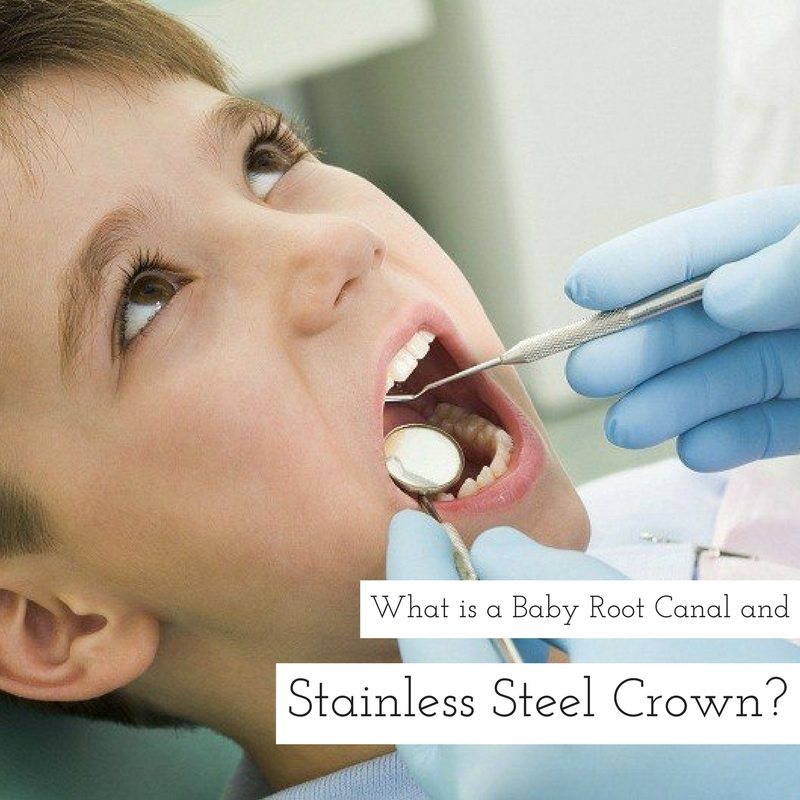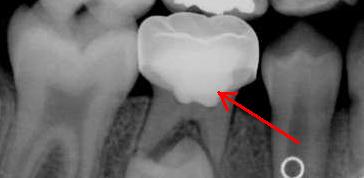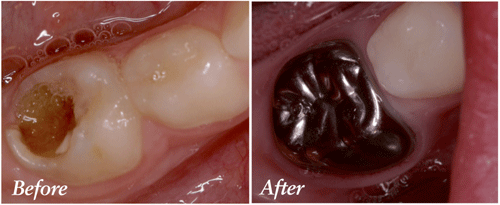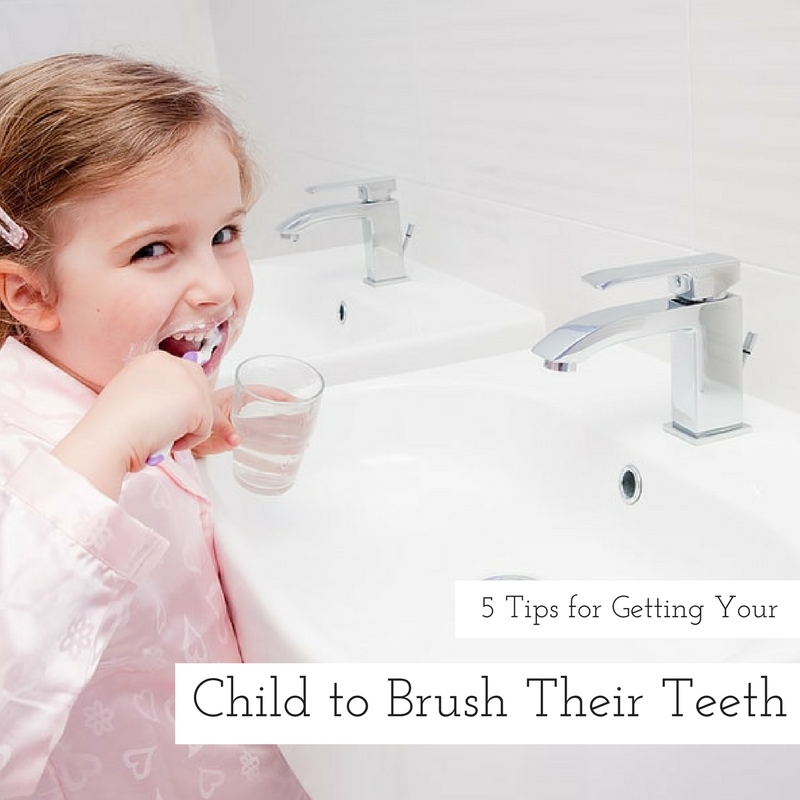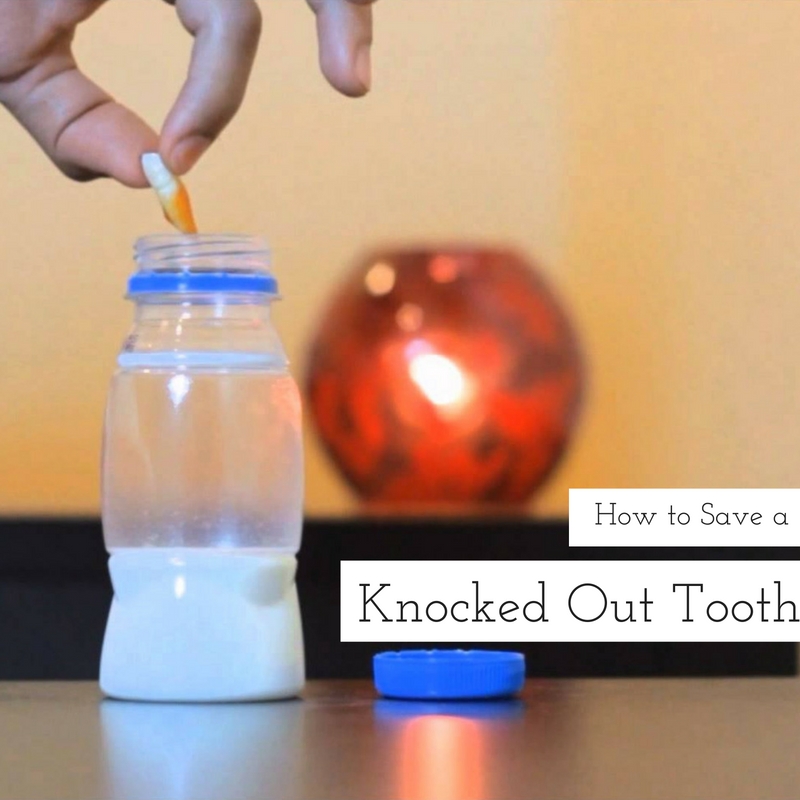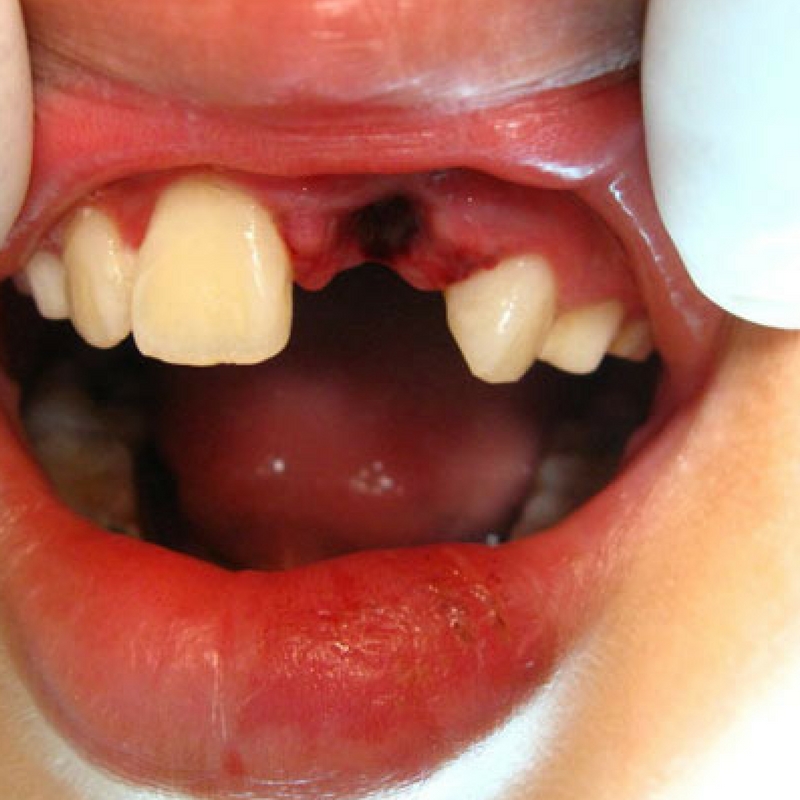With April being National Facial Protection Month, there is no better time to create awareness about wearing a sports mouthguard!

April being the National Facial Protection Month, it is time to create awareness for athletes and recreational sports players on the importance of using a sports mouthguard to protect their teeth during games. In one way or the other, accidents during games are bound to happen and the teeth are at a great risk of breaking or getting knocked off. Players are also at a high risk of getting injuries on their lips, tongue, and jaws if they fail to use protective gear during games.
Sports Mouthguards, also known as mouth protectors, are designed to help protect the mouth and all its components from injuries. They act as shock absorbers when the mouth is subjected to a hard external force such as a punch during boxing, a hit from a fast moving ball or a hard fall during skating.
Dental related injuries can be inconvenient, painful and very costly to repair. For example, tooth avulsion, which is when a tooth is totally knocked out of its socket in the mouth, is one of the most serious forms of sports-related dental injuries that is costly to treat. It can cost anywhere from $5,000 to $20,000 to restore such a tooth to its pristine condition.
The Academy for Sports Dentistry, the American Association of Oral and Maxillofacial Surgeons, the American Academy of Pediatric Dentistry, the ADA, and the American Association of Orthodontists all urge any person participating in sports to stay safe by preventing dental injuries with a sports mouthguard. According to the organizations, athletes are 60 times more likely to incur dental injuries when not using a mouthguard.
Remember, all types of dental injuries should be treated as emergencies and require urgent treatment by professional pediatric dentists. In the case of a dental injury, contact us right away for a consult or get advice on the way forward.

